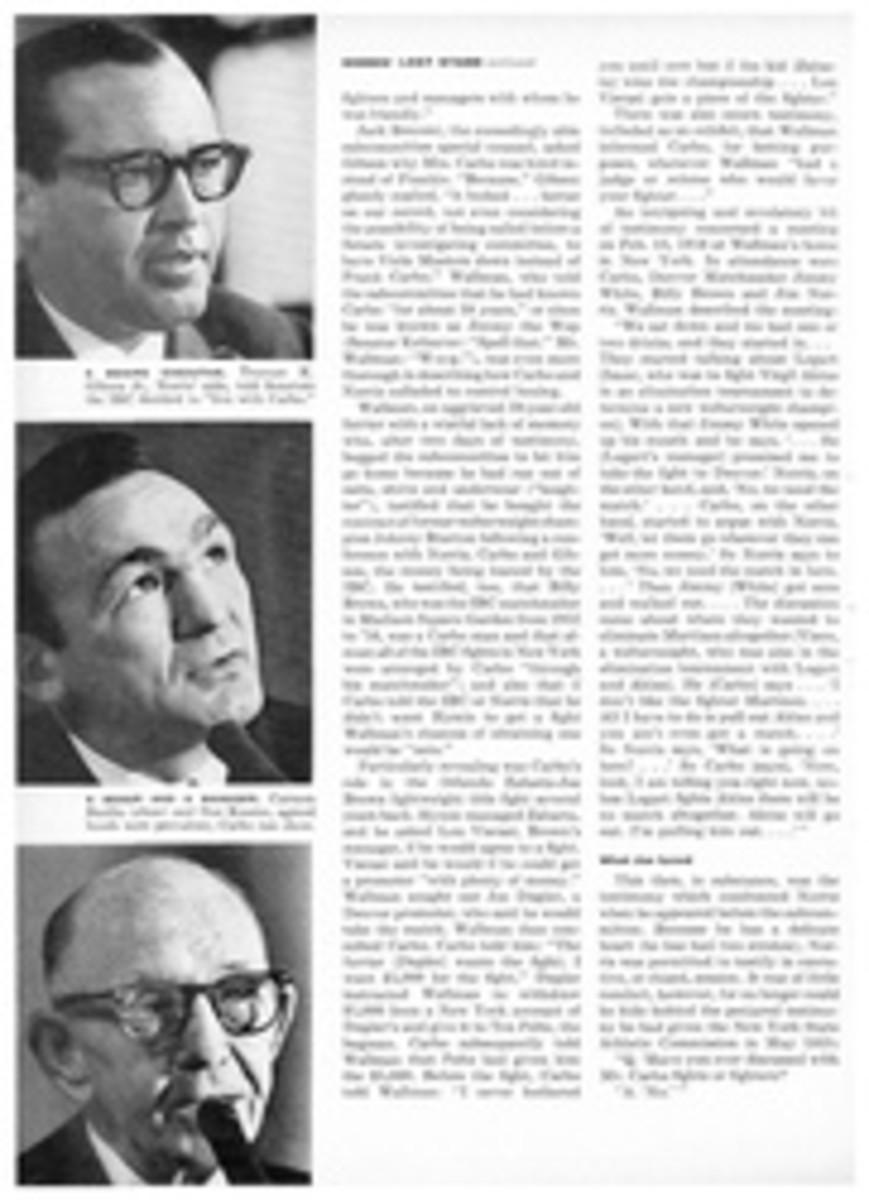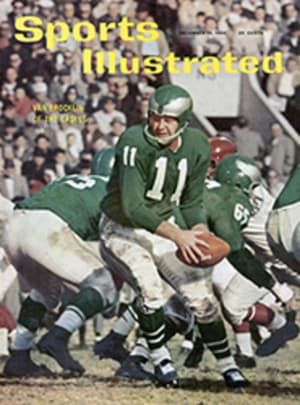
The compleat shortswinger
Once a skier has learned to make a series of parallel turns on difficult terrain (SI, Dec. 5) he can consider himself an expert. But there is one thing that even the expert can do to improve his technique. By shifting his weight back so it is concentrated over his boots rather than over the forward half of his skis, he can cut down on the arc of his turns, and thus be able to maneuver much more quickly.
This swinging of the skis from the boots rather than from the tips has been called a number of things, among them tip thrust and a fine idea for beginners. It is neither. Even though the tips swing back and forth as much as the tails, the turn is still started by a heel thrust, not by a conscious swiveling of the fronts of the skis. As for beginners, intermediates and even the more advanced recreational skiers, they spend enough time on their backs as it is, and need not be encouraged to lean to the rear while they are still on their feet.
WEIGHT FORWARD
When making a turn most skiers should lean forward slightly, so that the weight (blue dot) is concentrated near the tips. This frees the tails of the skis, allowing them to slide more easily over the snow. But for the real expert, the arc of a turn made with weight forward may be too great for high-speed skiing on very narrow trails where the best way to slow down is through a series of quick linked turns.
WEIGHT BACK
By easing backward just a little, so that his weight is over his boots, the skier cuts the arc of his turn nearly in half. In this position, when he makes a heel thrust both the tails and the tips will swing, instead of just the tails as above. Warning: when the tips are swinging, it is easy to catch an edge, so be sure to practice this new position on the baby slope before you try it on the mountain.
TWO PHOTO ILLUSTRATIONS

